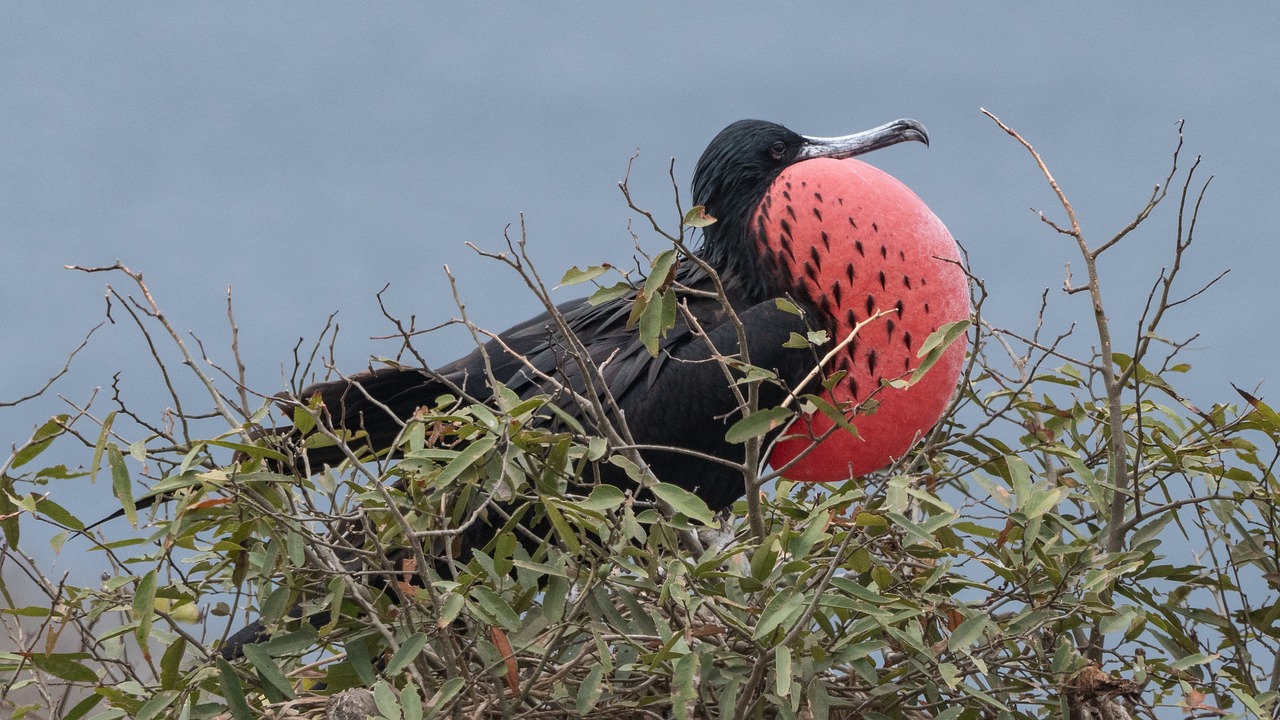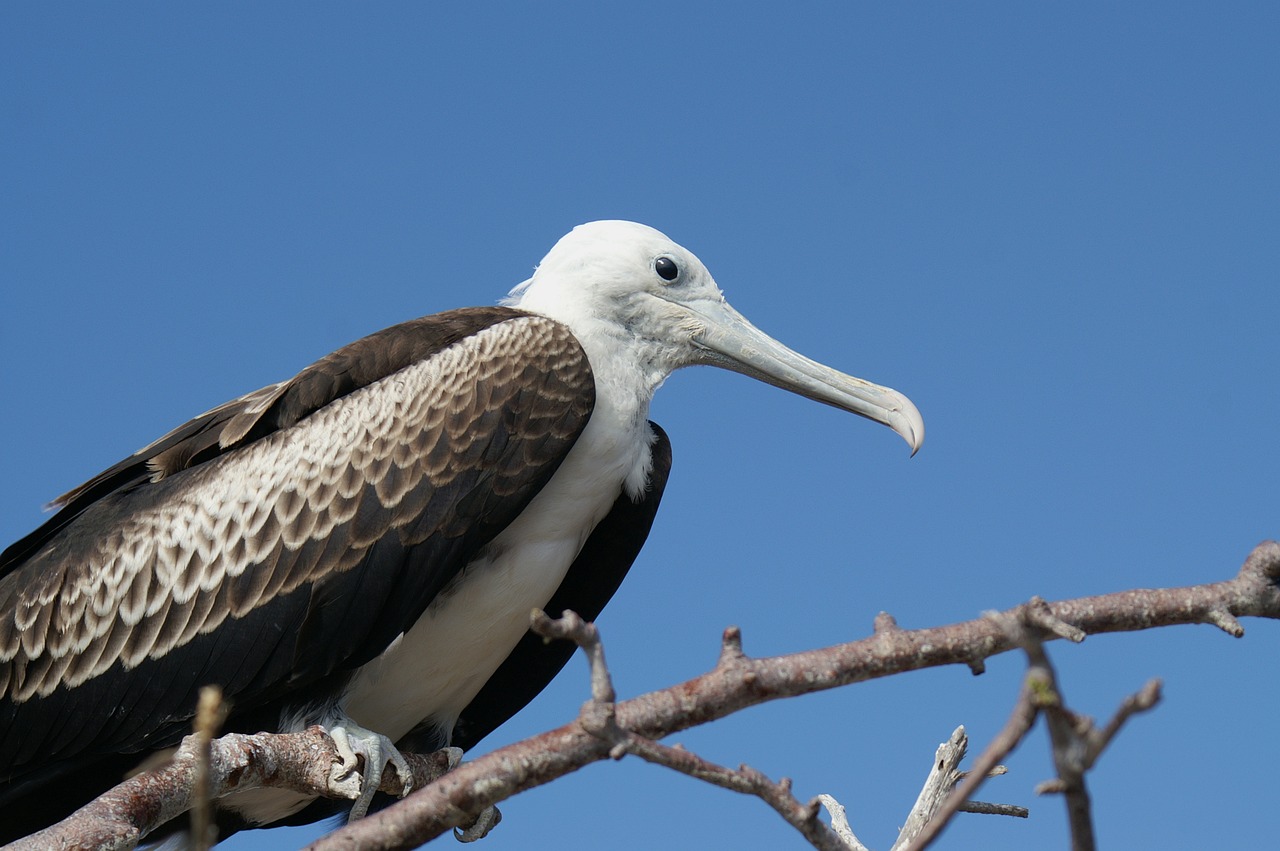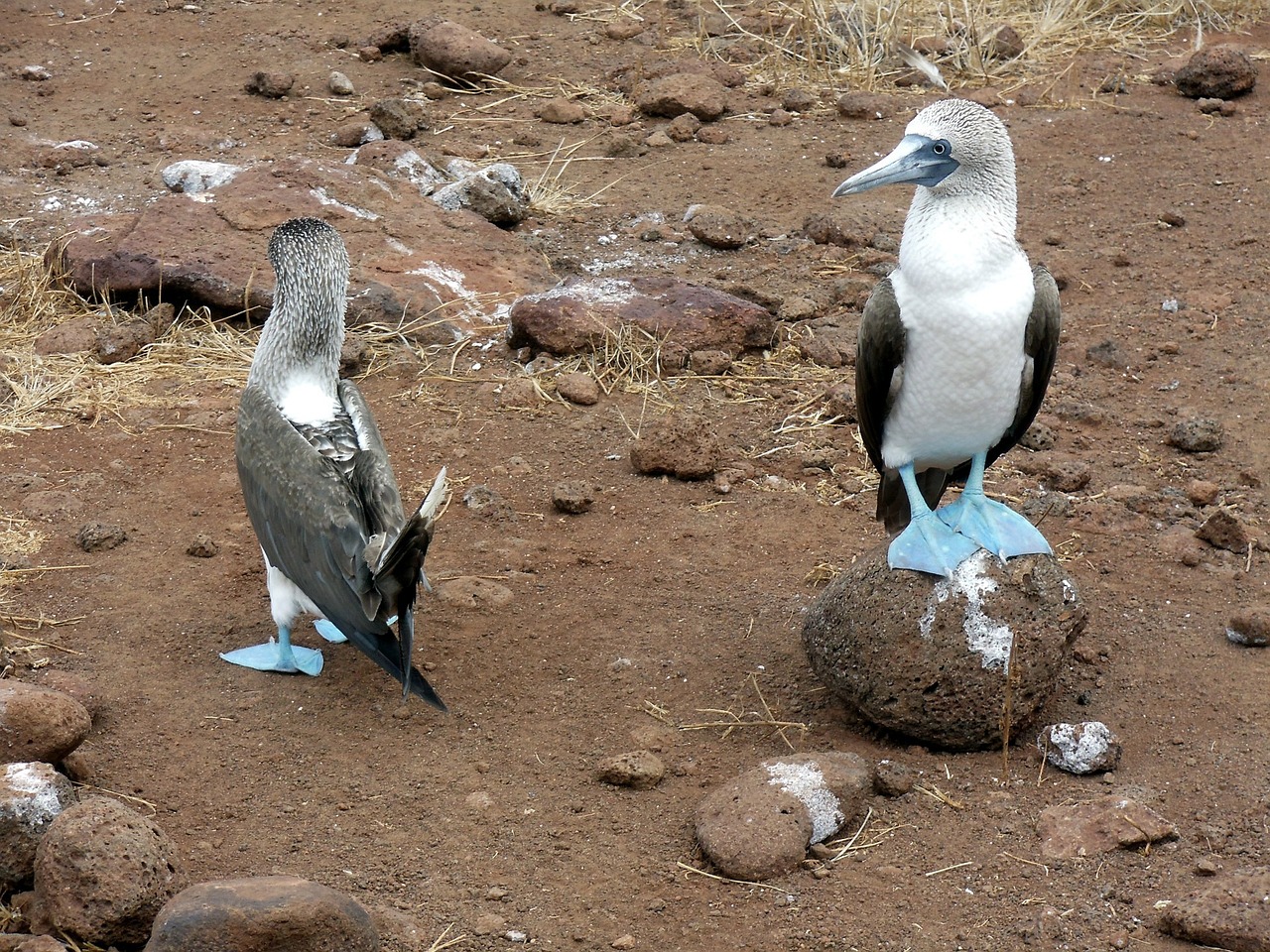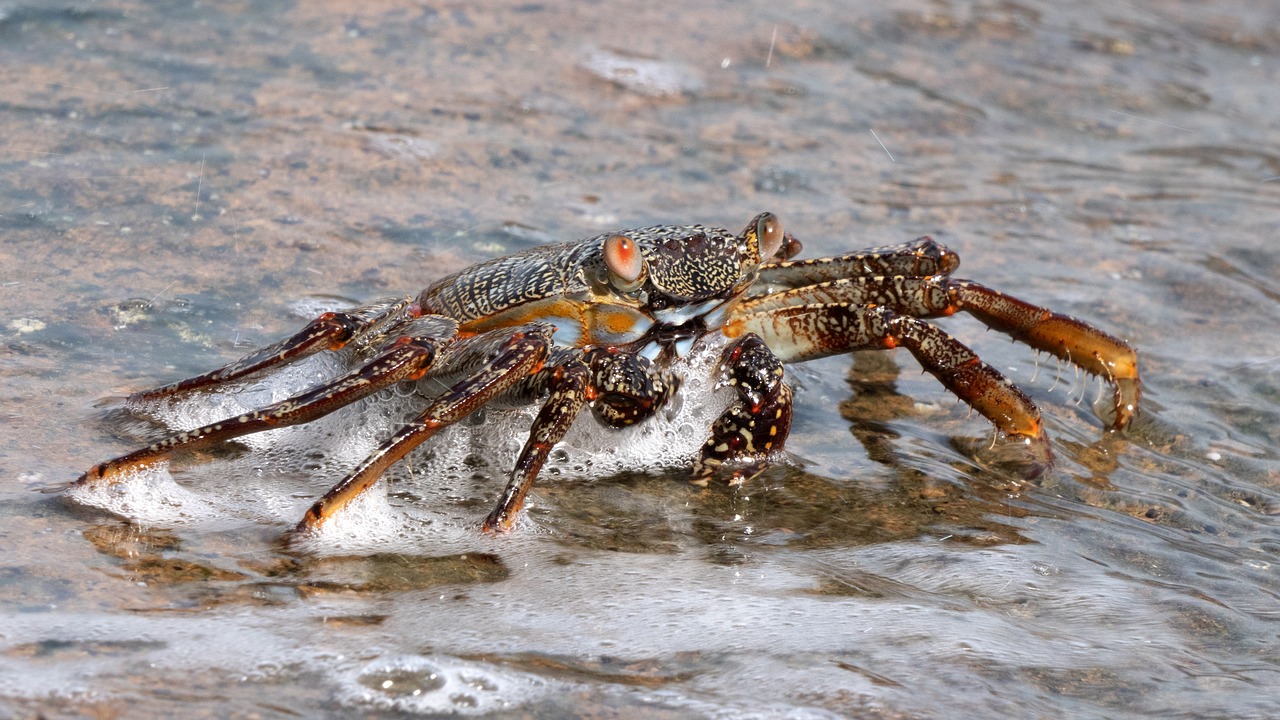Weathering Ecuador: Seasonal Changes and What to Expect
Ecuador is a diverse country located in South America, known for its stunning landscapes, rich biodiversity, and unique cultural heritage. The country experiences a wide range of climates and weather patterns due to its varying topography and proximity to the equator. In this article, we will explore the seasonal changes in Ecuador and provide detailed information on what to expect during each season.
Season 1: Dry Season (June to September)
The dry season in Ecuador typically lasts from June to September. During this time, the weather is generally sunny and dry, making it an ideal time to visit the coastal regions and the Galapagos Islands. The temperatures in the coastal areas range from 75°F (24°C) to 85°F (29°C) during the day, with cooler temperatures at night. In the Galapagos Islands, temperatures range from 70°F (21°C) to 80°F (27°C). Here are some key points about the dry season in Ecuador:
- Sunny and Dry: The dry season is characterized by clear skies and minimal rainfall, making it perfect for outdoor activities and beach visits.
- Lower Humidity: The coastal areas experience lower humidity levels during this season, providing a more comfortable climate for visitors.
- Peak Tourist Season: The dry season is the peak tourist season in Ecuador, so expect larger crowds and higher prices for accommodations and tours.
- Wildlife Viewing: The Galapagos Islands are known for their unique wildlife, and the dry season offers excellent opportunities for wildlife viewing, including sea lions, tortoises, and various bird species.
Season 2: Rainy Season (October to May)
The rainy season in Ecuador typically lasts from October to May. During this time, the country experiences more frequent rainfall, especially in the highland and Amazon regions. The temperatures in the highlands range from 50°F (10°C) to 70°F (21°C), while in the Amazon, temperatures can reach up to 90°F (32°C). Here are some key points about the rainy season in Ecuador:
- Increased Rainfall: The rainy season brings more frequent showers and occasional thunderstorms, particularly in the afternoons and evenings.
- Lush Vegetation: The rainfall during this season leads to lush green landscapes and vibrant flora, making it a beautiful time to explore the highlands and the Amazon rainforest.
- Lower Tourist Numbers: The rainy season is considered the off-peak tourist season in Ecuador, so you can expect fewer crowds and lower prices for accommodations and tours.
- Adventure Sports: The increased water levels in rivers and waterfalls during the rainy season provide excellent opportunities for adventure sports like whitewater rafting and canyoning.
Season 3: Transition Seasons (April/May and September/October)
The transition seasons in Ecuador occur in April/May and September/October. These months mark the transition between the dry and rainy seasons, and the weather can vary. Here are some key points about the transition seasons in Ecuador:
- Changing Weather: During the transition seasons, the weather can be unpredictable, with a mix of sunny days, rain showers, and cooler temperatures.
- Less Crowded: The transition seasons are considered shoulder seasons, meaning there are fewer tourists compared to the peak seasons. This allows for a more peaceful and relaxed experience.
- Unique Wildlife: The transition seasons offer a chance to witness unique wildlife behaviors, such as mating rituals and bird migrations.
- Variable Conditions: It is advisable to pack layers of clothing during the transition seasons to accommodate the changing weather conditions throughout the day.
Ecuador Image 1:

Season 4: Galapagos Seasons (Hot and Dry, Cool and Dry)
The Galapagos Islands have their own unique seasonal patterns. The hot and dry season lasts from December to May, while the cool and dry season occurs from June to November. Here are some key points about the Galapagos seasons:
- Hot and Dry Season: The hot and dry season in the Galapagos Islands is characterized by higher temperatures, calmer seas, and excellent underwater visibility for snorkeling and diving.
- Cool and Dry Season: The cool and dry season brings cooler temperatures, stronger winds, and occasional drizzles. This season is ideal for wildlife enthusiasts as it offers opportunities to witness unique animal behaviors.
- Unique Wildlife: The Galapagos Islands are home to various endemic species, and each season offers different wildlife encounters, such as mating rituals of the blue-footed boobies or the arrival of the waved albatross.
- Conservation Efforts: The Galapagos Islands have strict regulations to protect the delicate ecosystem, including visitor quotas and designated visitor sites. It is essential to follow these guidelines to preserve the unique wildlife and natural beauty of the islands.
Season 5: Coastal El Niño (December to May)
The coastal regions of Ecuador, especially the northern coast, are influenced by the El Niño phenomenon during the months of December to May. El Niño brings warmer ocean temperatures and increased rainfall to the area. Here are some key points about the coastal El Niño season:
- Warmer Ocean Temperatures: El Niño causes a rise in ocean temperatures, making the coastal waters warmer and more inviting for swimming and water activities.
- Increased Rainfall: The El Niño season brings heavier rainfall to the coastal areas, which can lead to flooding in some regions. It is essential to stay updated on weather conditions and follow any advisories or warnings.
- Surfing Conditions: The El Niño season creates ideal conditions for surfing, with larger swells and consistent waves along the coast.
- Beachfront Festivals: The coastal communities often celebrate the El Niño season with vibrant festivals, showcasing traditional dances, music, and local cuisine.
Ecuador Image 2:

Season 6: Highland Cloud Forests (All Year)
The highland cloud forests in Ecuador, such as Mindo and Baños, have a unique climate that is characterized by frequent cloud cover and mist. Here are some key points about the highland cloud forests:
- Constant Mist and Clouds: The highland cloud forests receive a significant amount of moisture from the clouds and mist, creating a lush and mystical environment.
- Biodiversity Hotspots: The cloud forests are home to a wide variety of plant and animal species, including orchids, hummingbirds, and elusive mammals like the spectacled bear.
- Hiking and Birdwatching: The cloud forests offer excellent opportunities for hiking and birdwatching, with numerous trails and observation points to explore.
- Waterfalls and Adventure Activities: The cloud forest regions are known for their stunning waterfalls, which provide a backdrop for activities like ziplining, canyoning, and horseback riding.
Season 7: Amazon Rainforest (All Year)
The Amazon rainforest in Ecuador experiences a tropical rainforest climate, characterized by high humidity and abundant rainfall throughout the year. Here are some key points about the Amazon rainforest:
- High Humidity: The Amazon rainforest has high humidity levels, which can be challenging for some visitors. It is advisable to pack lightweight and breathable clothing.
- Rainfall and Dry Spells: The Amazon experiences rainfall throughout the year, but there are also periods of drier weather. The rainy season brings more intense showers, while the dry spells allow for easier exploration of the rainforest.
- Biodiversity: The Amazon rainforest is one of the most biodiverse regions on the planet, with a vast array of plant and animal species. Visitors can expect to encounter unique wildlife, such as monkeys, birds, and colorful insects.
- Canoeing and Jungle Treks: Exploring the Amazon rainforest often involves canoe rides along the rivers and guided jungle treks to observe wildlife and learn about the ecosystem.
Ecuador Image 3:

Conclusion
Ecuador offers a diverse range of climates and seasonal changes, making it an enticing destination for travelers throughout the year. Whether you prefer sunny beaches, lush cloud forests, or vibrant rainforests, Ecuador has something to offer. It is essential to plan your visit based on the specific seasons and regions you wish to explore. Remember to pack accordingly and check weather forecasts before embarking on any outdoor activities.
References
– Galapagos Conservancy: galapagos.org
– Ministry of Tourism Ecuador: turismo.gob.ec
– Ecuador Travel: ecuador.travel
– Lonely Planet Ecuador: lonelyplanet.com/ecuador
– Rainforest Cruises: rainforestcruises.com/ecuador

